6

Boat Profile
Tango 13
A twin-tailed transom
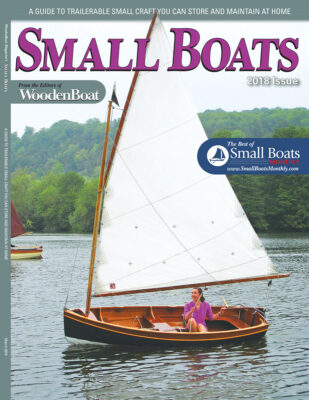
Editor’s Page: Small Is the Answer
In late September, I sold my boat, NAVIGATRIX, a 33′, 12,000-lb yawl built in 1957. In the autumn of 2009, Holly, then my soon-to-be wife, and I had purchased it with dreams of cruising the Maine coast each summer and perhaps living aboard for weeks or even months at a time. Soon after we acquired the boat, we took a glorious autumn sail up Somes Sound … Continued on Page 4 of PDF version.
6

Boat Profile
A twin-tailed transom

Boat Profile
A lightweight fishing and utility skiff
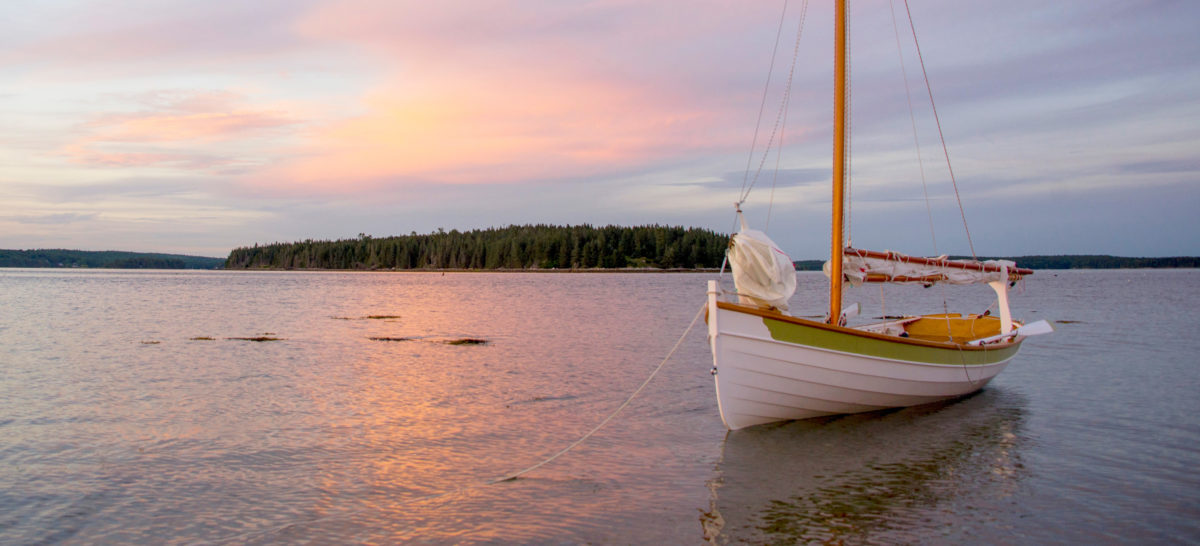
Boat Profile
An Arch Davis cruiser for sail and oar

Boat Profile
A trig outboard cruiser

Adventures
A 2,000-mile river voyage through the American Heartland
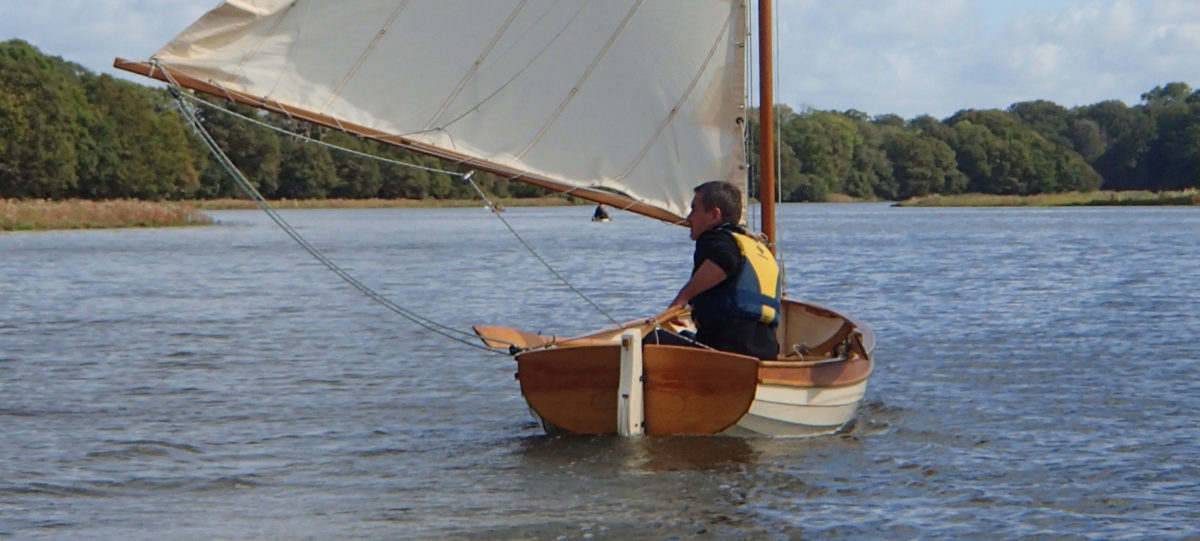
Boat Profile
A proper little boat
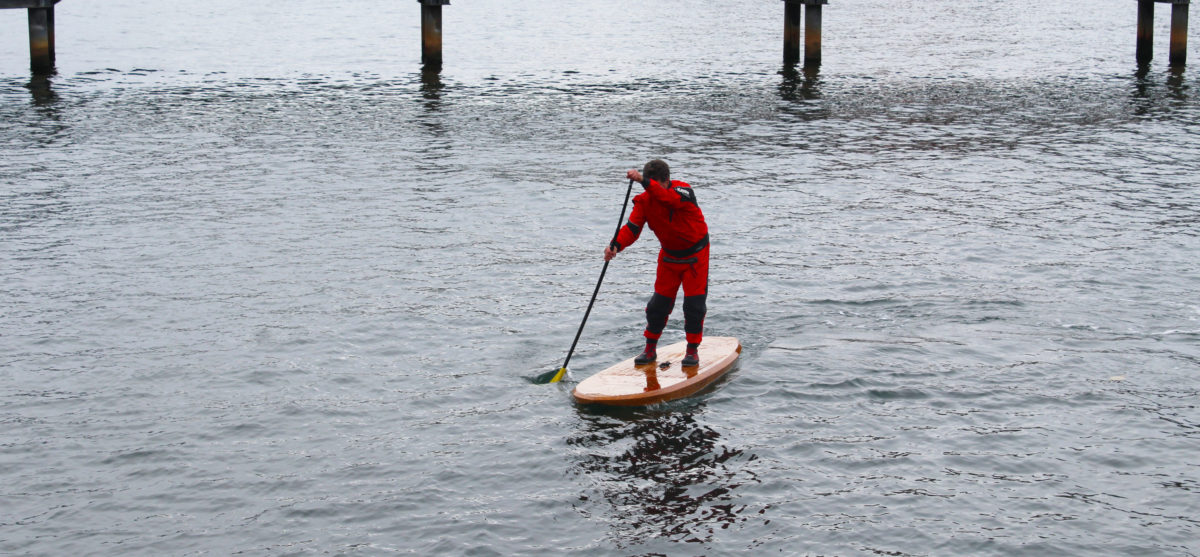
Boat Profile
Pygmy's SUP board

Adventures
Rowing Africa's Great Lake in a leaky boat

Boat Profile
From workboat to daysailer

Boat Profile
Classic 1950s style in a boat that's simple to build, a joy to use
5

Boat Profile
A light dory for solo or tandem rowing

Boat Profile
More Bang for the Buck

Boat Profile
Joel White’s classic

Boat Profile
Whitehall Tender
Cottrell's 10' Whitehall
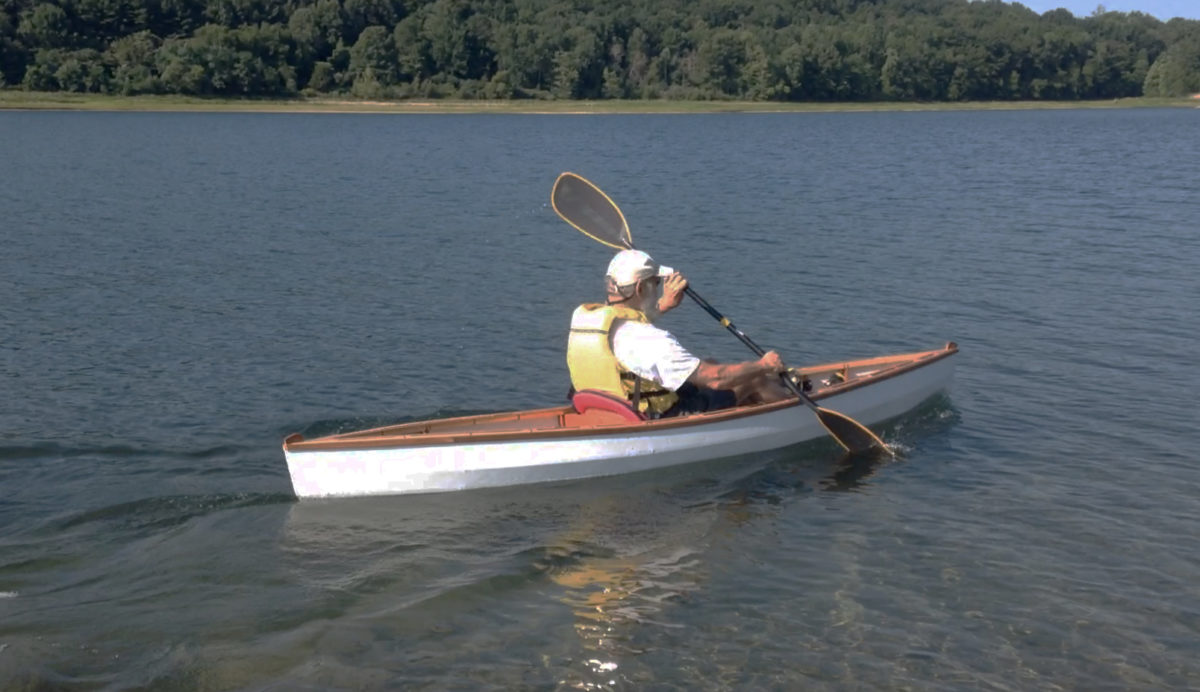
Boat Profile
A classic in skin-on-frame

Boat Profile
Quiet power, stately pace

Boat Profile
Simple rig, rewarding sailing

Boat Profile
A front-facing rower for touring and fitness

Boat Profile
A versatile thin-water cruiser

Technique
Variations on anchoring